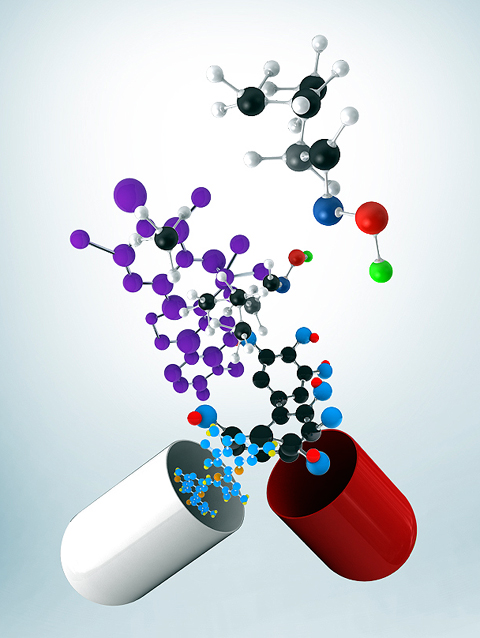Indicates they succeeded in developing globally-used materials for new drugs
Global organizations are increasingly adopting the ingredient names of new drugs developed by Korean pharmaceutical companies as their international names.
An increasing number of Korean new drugs have registered their names on the International Nonproprietary Name (INN), an agency under the wing of World Health Organization responsible for officially deciding medicines’ ingredient names, raising hopes it will create bases to emerge as global new drugs.

For instance, iNtRON Biotechnology, a drug developer, said INN has recently registered TonaBACASE, the ingredient name of its new drug for super bacterial infection therapy N-Rephasin SAL 200. The component name of BACASE is a new term, or “new pre-stem,” given to new drug ingredients that have the characteristic of a bactericidal enzyme, a company official said Tuesday. From now on, all drug components that has the bactericidal enzyme in nature should use the name of “-BACASE,” as the Korean company requested for the first time, he said.
Hanmi Pharmaceutical also said INN had registered the ingredient name Poseltinib of its new immune disorder treatment HM71224. Also placing its name on the list was Tonogenconcel, an ingredient name for degenerative arthritis therapy INVOSSA being developed by Kolon Life Science.
The adoption of drug ingredient name means the pertinent medicines have won official recognition as global new medicines through the verification process. That is because drug makers make ingredient names by substance structures and mode of action (MOA), industry officials said.
When drug manufacturers apply for the adoption of their ingredient names, they also submit data on substance structure and MOA, making it possible for INN to decide new drugs grabbing the characteristics of the drugs by their names. A drug that ends with –GLIPTIN, for instance, is a diabetic therapy of DPP-4 inhibitor series.
Internationally, two organizations officially recognize the ingredient names of drugs -- INN and the U.S. Adopted Name (USAN) under American Medical Association. Drug makers apply to the two bodies for the registration of ingredient names. Once adopted, they can call new drugs with registered ingredient names and not by their code names, according to experts.
INN receives applications for the registration of ingredient names for only two months in a year -- January and July. The assessment takes about one and a half years. INN advises businesses to apply between the end of Phase 1 clinical test and the beginning of Phase 2 trial. Drug makers can apply for up to six different ingredient names per drug.
INN’s adoption of Korean makers’ ingredient names means they have developed new drugs that can advance to not just China and Southeast Asian markets but to global markets, including the advanced countries of the United States and Europe, the experts said.
It will also help their technology export because ingredient names are a must for advancing to overseas markets, indicating they are internationally verified as new medicines, an expert said. It allows Korean firms to make contracts from advantageous positions because in that they have shortened time needed for acquiring ingredient names and that the drugs have won recognition as drug substances, he added.
“Whether a new drug has an ingredient name or not makes a huge difference in technology export. Drug makers can’t sell products in the U.S., Europe, Canada, and Japan without the names because they are a prerequisite for marketing in advanced countries,” said You Gu-sang, CEO of Brand Institute Korea, which specializes in ingredient names and brand names of medicines and other medical supplies.
“Given the final goal of Korea’s pharmaceutical companies is to advance to the global market, it is strategically important for them to obtain internationally recognized ingredient names,” he added.

